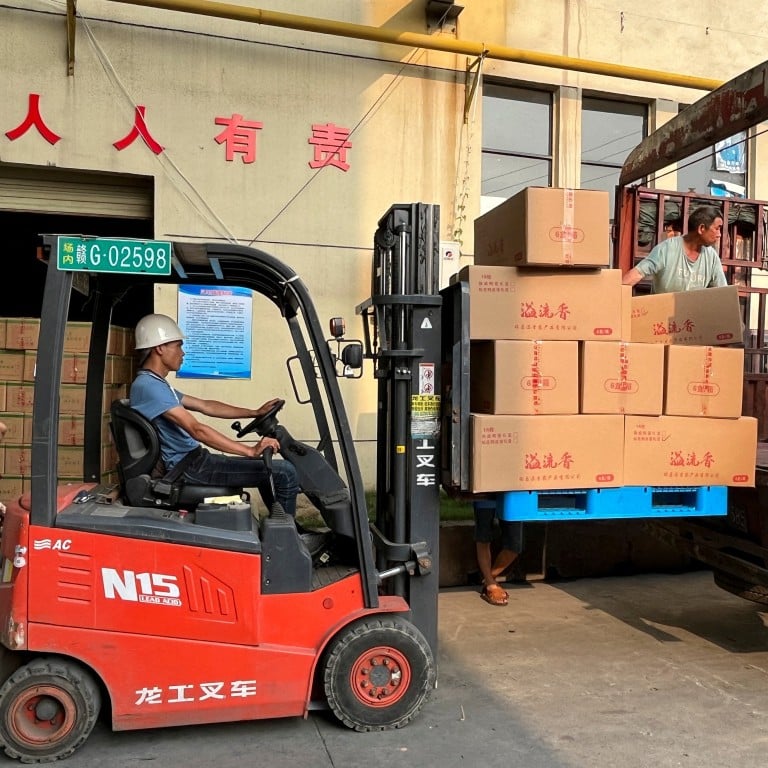
Explainer | China inflation: 4 takeaways from November’s data as deflationary pressure heightened
- China’s consumer price index (CPI) fell by 0.5 per cent from a year earlier in November, marking the steepest decline since November 2020
- Producer price index (PPI) fell for the 14th month in a row, dropping by 3 per cent in November from a year earlier
1. Consumer inflation falls deeper into deflationary territory
The year-on-year decline was the sharpest since November 2020.
“CPI fell deeper into deflationary territory last month,” said analysts at Capital Economics.
“The main culprit was a deepening of food price deflation, from minus 4 per cent year on year to minus 4.2 per cent, with food prices falling 0.5 per cent month on month last month after accounting for seasonality.
“In addition, energy prices fell 2.7 per cent month on month, which pushed energy price inflation back into negative territory again.”
2. Factory-gate prices fall for 14th straight month
China’s producer price index (PPI) – which reflects the prices that factories charge wholesalers for products – fell for the 14th straight month in November after falling by 3 per cent, year on year, compared to a 2.6 per cent drop in October.
On a month-on-month basis, the PPI dropped by 0.3 per cent after a flat reading in October.
The biggest declines in November were in energy and metal prices, said analysts at Capital Economics.
3. Core inflation remains unchanged
China’s core inflation, excluding food and fuel prices, remained at 0.6 per cent in November, unchanged from October.
Service deflation, meanwhile, fell to a five-month low of 1 per cent from 1.2 per cent in October, which added to evidence of renewed weakness in the labour market, analysts at Capital Economics said.
4. China’s inflation to stay low in the near term
Analysts at Capital Economics said they expect Chinese inflation to stay low in the near term, but do not think it will enter a deflationary spiral.
Core inflation, though, is likely to rise in the first half of 2024, they added, with the recent step up in policy support likely to boost domestic demand and push up services inflation.
Deflationary pressure has heightened as domestic demand remains weak
Food and energy price deflation is likely to alleviate due to shifting base effects, and they expect CPI inflation to average 1 per cent in 2024, up from 0.3 per cent so far this year.
“Deflationary pressure has heightened as domestic demand remains weak,” said Zhang Zhiwei, president and chief economist at Pinpoint Asset Management.
“This highlights the importance of more supportive fiscal policy to boost domestic demand and avoid a further downward spiral in prices.”

.JPG?itok=J8tgfPmW&v=1659948715)